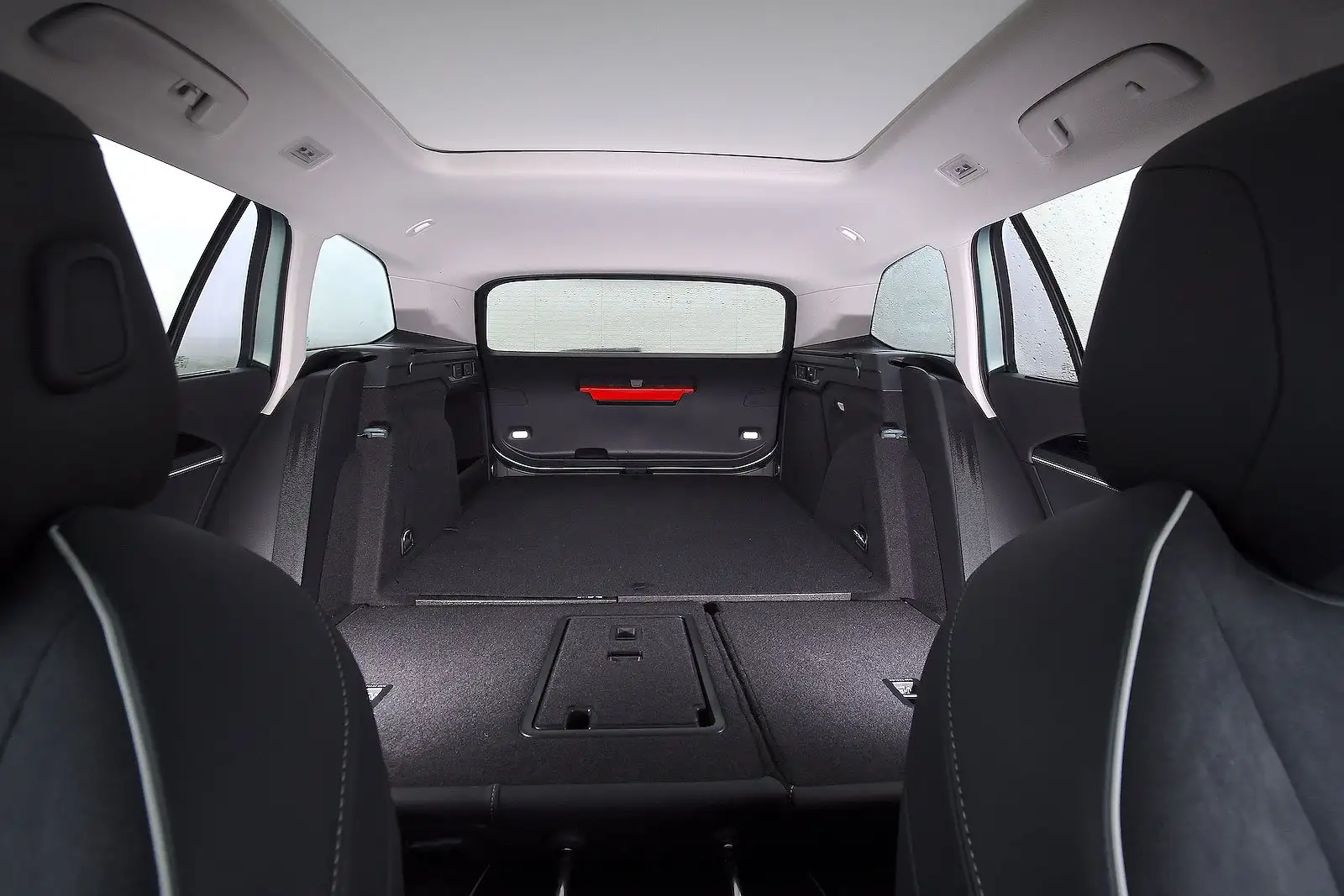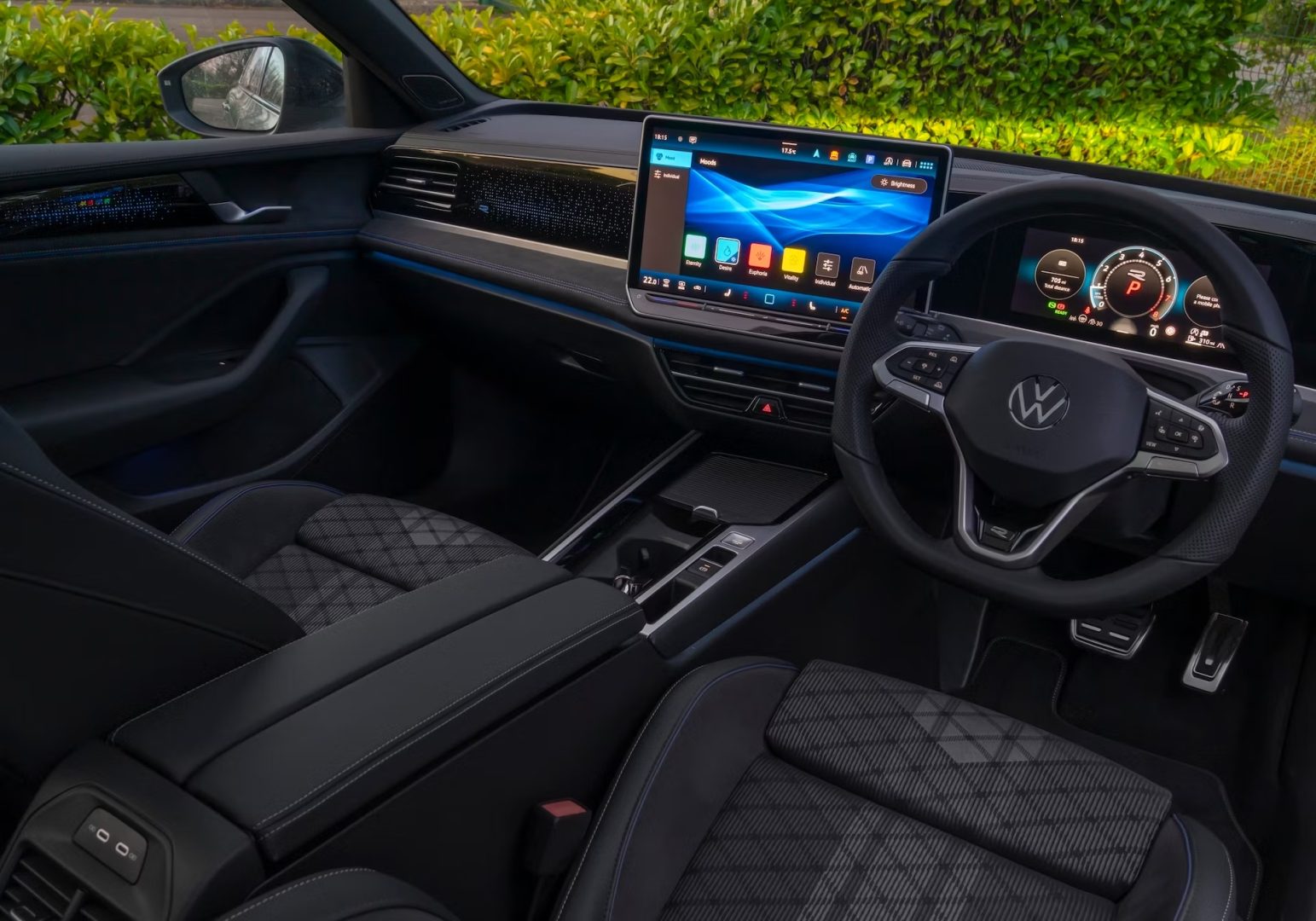The 2025 Volkswagen Passat comes as an improvement on previous model. The vehicle comes as both petrol and hybrid. In a number of markets, Volkswagen has not produced the diesel-powered 2.0 litre TDI models. What does this vehicle come packed with? Let us take a look:
Engine variants
According to car reviewer Jake Groves, the base engine for the 2025 Volkswagen Passat is a 148bhp eTSI model. There is also a 2.0-litre eTSI making 201bhp which is available on the R-Line. In addition, Volkswagen has a plug-in hybrid model which supports CCS rapid charging and which is available with 201 or 268bhp. Volkswagen has also developed the traditional 2.0 TDI for other general markets across various parts of the world.
Size
The new model comes with exterior dimensions of 4,917 mm x 1,849 mm x 1,521 mm (L x W x H). Its boot capacity is quite huge. The vehicle packs a boot capacity of 690 litres with all seats in place, which then increases to 1,920 litres if you fold the second row down.

The leg room and head room in the back seats is sufficient enough to accommodate tall passengers. The vehicle has better leg room than its competitors including the 3 Series, A4, or C-Class.
Dashboard
The vehicle’s dashboard comes with a 12.9-inc infotainment screen. The new system is MIB4 infotainment system which replaces and improves on the all-electric ID.7 that users had found to be problematic.

In the same vein, the vehicle comes with standard eight speakers to support the entertainment system.
On-road performance and consumption
The 2025 Volkswagen Passat has a 0-60 miles per hour (0-96 kilometres per hour) acceleration of 7.1 to 9.3 seconds. On how the vehicle drives, car experts have opined that while the vehicle has a lot of practicability, it is quite dull for a drive. For instance, Groves states that a test drive of this model produces some uneven rides on rough surfaces. “This is a car designed to spend its life on the motorway and it shows – especially with the DCC adaptive suspension fitted. On surfaces with expansion joints or potholes, the vehicle produces a little pitter-patter,” he states.
Toyota HiAce new model review: Specs, features, consumption
In the same vein, renowned car expert Mat Watson states that the regular petrol engine version that is available does not produce the kind of kick that a driver would be looking for when moving to get up to speed.
“The regular petrol engine does not quite have the performance you want for getting up to speed. This means that slip roads and overtaking require you to really thrash the engine. In normal driving, though, economy is hugely impressive ,” he states, adding that it is easy to achieve a consumption mileage of 21 kilometres per litre, which can then give you more than 800 kilometres per tank.








